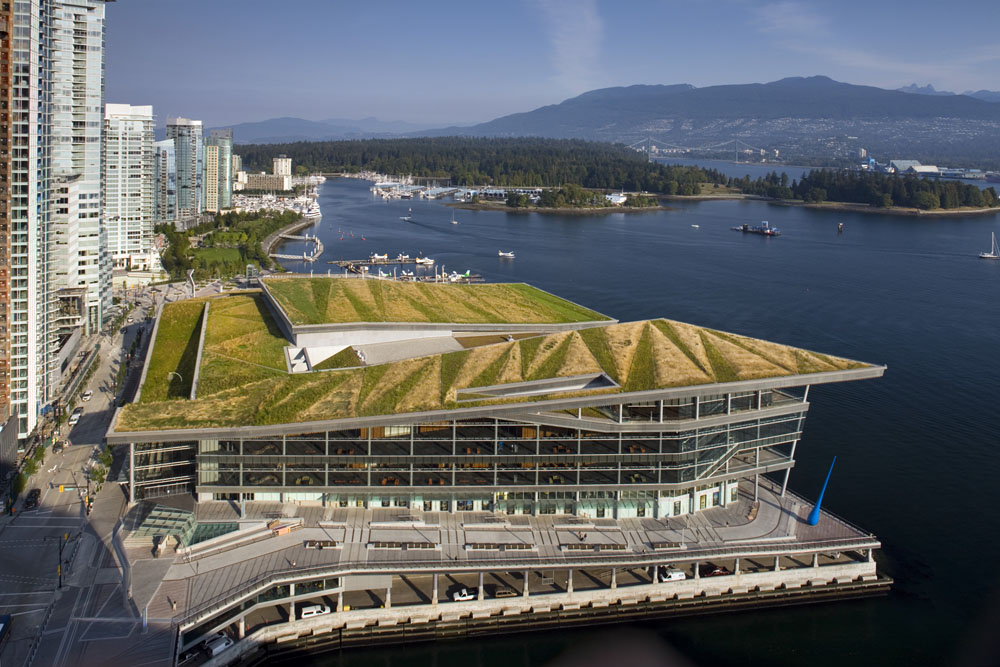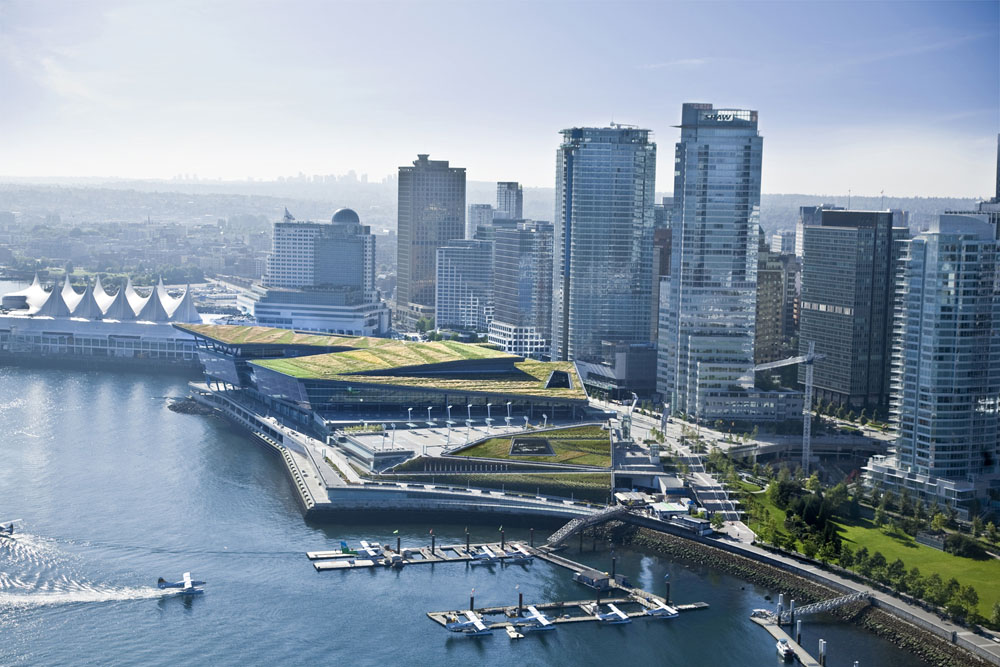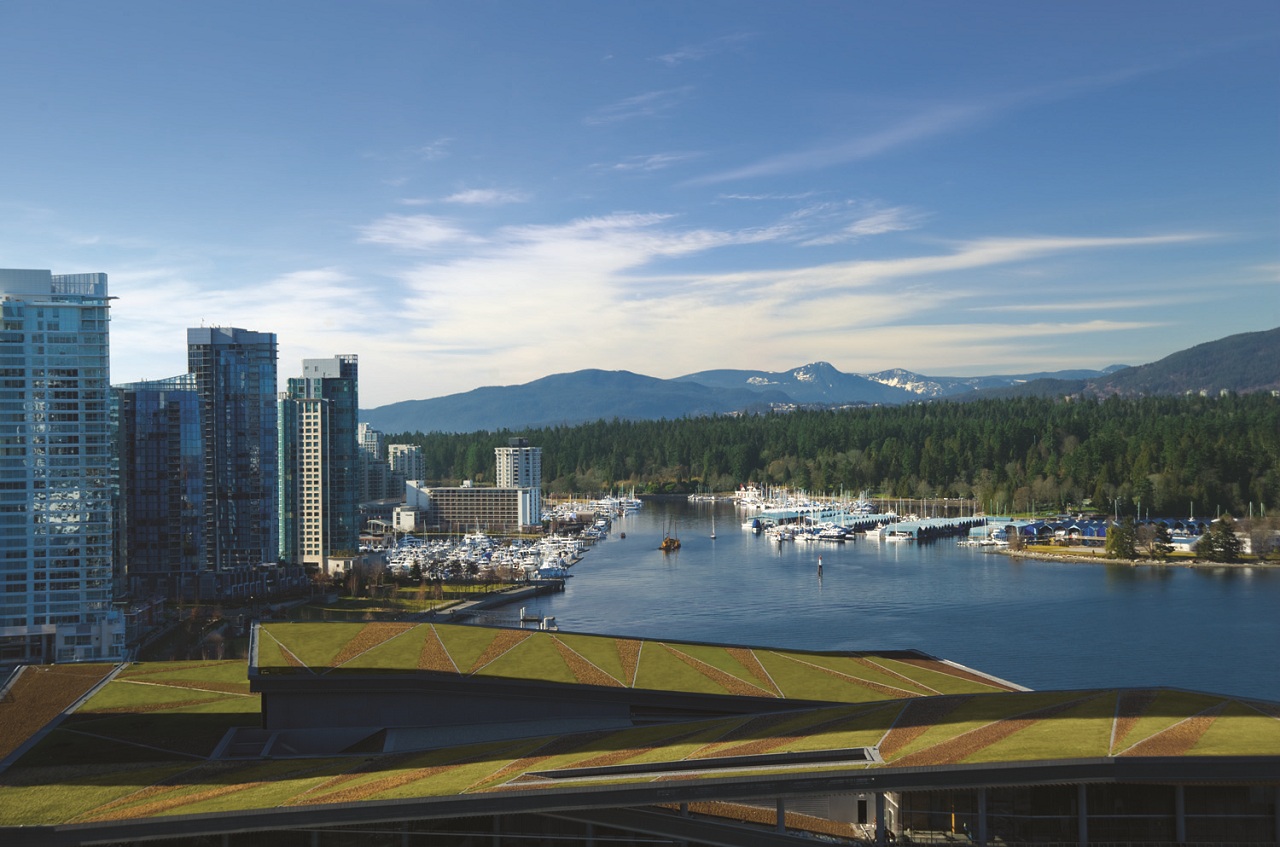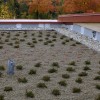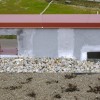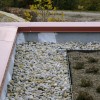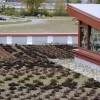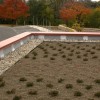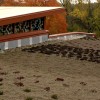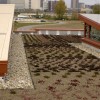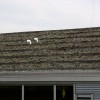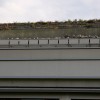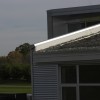Green Roofing Options
Video
As our world becomes more urbanized, and our cities continue to grow, we are replacing the natural environment with buildings, pavement, and asphalt. This causes a phenomenon called urban heat island effect, in which the proximity of urban buildings makes cities several degrees warmer than rural areas. We are starting to realize that we need to counteract this harmful effect and that cooling the roof is one of the best ways of doing so. Many roofing options will accomplish the goal of combating urban heat island effect, including reflective roofs and roof gardens.
Roofing Regulations
California knows quite a bit about the effects of urbanization and has led the way in making changes through legislation. Title 24 of the California Code of Regulations sets mandatory standards for energy efficiency in residential and nonresidential buildings throughout the state, requiring the use of the latest technologies to maximize savings. Also, the Cool Roof Rating Council (CRRC), an independent organization established to provide the building industry with data on roof surfaces in the hope of improving energy efficiency, tests and reports on the reflective properties of roof surfaces. Following in California’s footsteps, the city of Chicago and the state of New York have also set up energy conservation codes.
Reflective Roofs
Reflective roofs made of thermoplastic membranes composed of thermoplastic polyolefin (TPO) are often recommended because of their high reflectivity and environmental friendliness, qualities that won the approval of the CRRC for Title 24. Fotopoulos Building Industries, Inc. (FBI), representing Firestone Building Products, prescribes TPO membranes to their customer base. Color plays a central part in reflectivity, and the membranes accordingly come in white, tan, and gray. Paul Hatch, the territory manager of FBI’s San Diego market, states that the TPO membranes that FBI uses have a Solar Reflectance Index (SRI) of 102. (The SRI is based on the percentage of heat and light reflected by a roof, and very cool roofs can have values exceeding 100.) Individually, the reflectance of light for TPO is 0.79 or 79%, and the reflectance of heat for TPO is 0.85 or 85%. Another reason that Hatch, and FBI, favor TPO membranes above other reflective roofing systems is that TPO membranes are made of a recyclable material that is high-quality and easy to apply. Hatch says that the TPO membranes are durable, taking traffic better than other waterproofing materials. TPO prefabricated pipe boots are also good for covering exposed pipes on a roof because they preclude the need for black mastic type sealant and require little to no maintenance.
Roof Gardens
Roof gardens can be divided into two categories: extensive and intensive. Extensive roof gardens, which are more common and less complicated, are typically constructed to a depth of 6” and are frequently designed to meet specific performance goals. Intensive roof gardens, which can be relatively deep, commonly include large plants, trees, and elaborate gardens that require much maintenance. Key benefits of roof gardens include controlling stormwater run-off, mitigating urban heat island effects, and reducing sound reflection and transmission.
Working our way up from the bottom, a standard roof garden (extensive in our example), commonly includes these important layers (not including the substrate and insulation):
- Waterproofing | Roof Membrane: This is crucial to a roof garden. Approved waterproofing layers will vary by manufacturer.
- Root Barrier: Often composed of concrete or cellular glass.
- Drainage: Often includes plastic sheets, granular mineral layers, or fabric and synthetic mats. Gravel or pumice is typically used close to the gutters and scuppers to aid drainage.
- Water Filter: Polyester or polypropylene cloth is used. This layer filters water while keeping the top layers together.
- Growing Medium: The top two layers are soil and vegetation. Selection varies depending on the desired outcome such as run-off control, appearance, accessibility to the public, and drought tolerance. For the soil, it is important to use a growing medium that will not foster weed or pathogen growth.
- Vegetation: To ensure that your plants thrive, use plants that are found in your growing zone or at least are hardy enough to withstand the elements. Also take into consideration the maintenance the plants will require.
Structural Considerations
Green roofs are heavy, even extensive ones. If installing a roof garden on an existing structure, you will need to have the building evaluated first. Consult a roof contractor who can tell you how much your existing roof can hold and what extra structural support may be required. The Great Lakes WATER Institute of the University of Wisconsin Milwaukee in their green roof project spells out in detail the costs and weight considerations.
- Extensive roof gardens have a soil depth of 1" to 6" and can weigh between 15 and 50 lbs per square foot.
- Intensive roof gardens have a soil depth of more than 6" and can weigh anywhere from 80 to 150 lbs per square foot.
Green roofs are a huge investment, especially financially. However, the benefits outweigh the cost. Not only do green roofs help to combat urban heat island effect, they are energy-efficient and can be quite useful, particularly if they include vegetable gardens and fruit trees.

Carla D'Errico
An alumni of The Ohio State University, Ms. D'Errico obtained a degree in travel writing through a study program that she created herself. For two years Ms. D'Errico served as a staff writer for The Animal Insider, a quarterly publication based in Columbus, Ohio, and has also worked as a review scout for the Columbus division of Yelp.com. Now she is trying her hand at covering ecologically responsible and sustainable architecture for Buildipedia.com.

